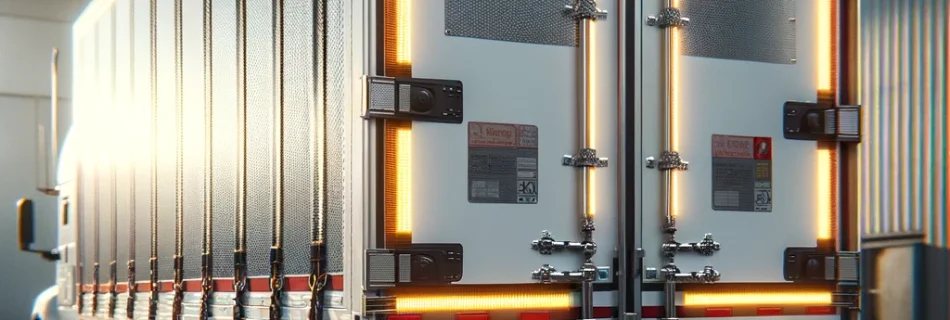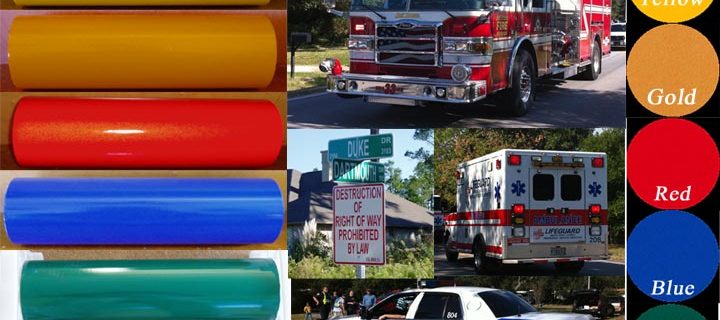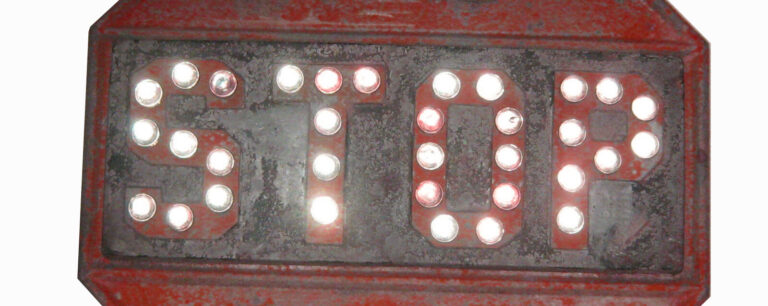The Effectiveness of Retro-Reflective Tape at the Rear of Heavy Trucks: Enhancing Visibility and Reducing Rear-End Collisions
Introduction This information in this article is derived in part from a study conducted by the IATSS (International Association of Traffic and Safety Studies). The studies goal was to determine how varying reflective tape patterns and colors, as well as tape widths affect vehicle visibility for approaching drivers. While the primary focus was on rear-end …



